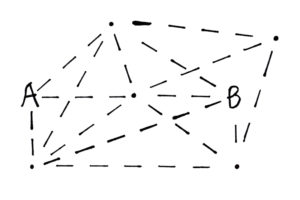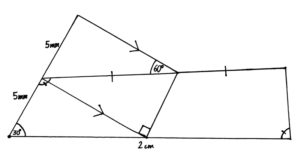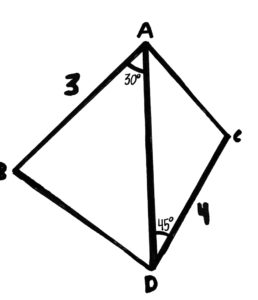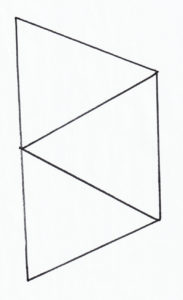
In today’s challenge, you will have to use your pathmaking and graph theory skills.
The challenge is to make as many connections as you can. However, your connections must follow these rules: 1. All connections must be on a dotted line, and 2. That path must start at A and end at B.



